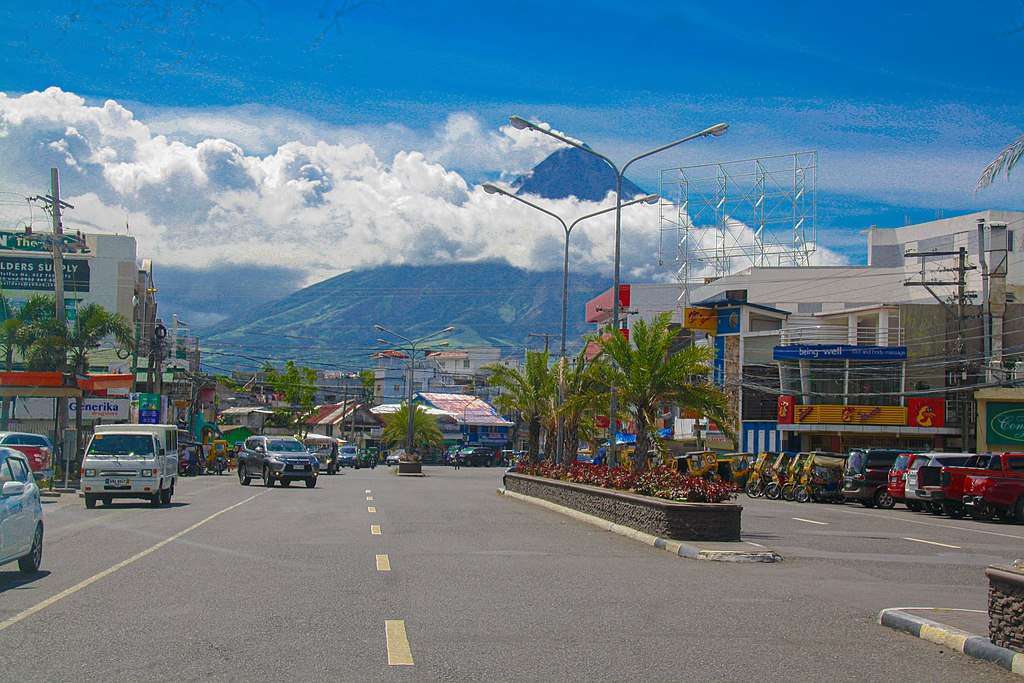The Civil Aviation Authority of the Philippines (CAAP) has extended the validity period of its Notice to Airmen (NOTAM) advising pilots to avoid flying over the Mayon, Taal, and Kanlaon volcanoes due to volcanic activity.
The NOTAM which was originally issued by the Philippines aviation regulator on June 6 has now been extended until June 14 at 9 AM local time.
The NOTAM originally applied to 2 restive Philippines volcanoes, Mayon and Taal. The airspace restrictions were then further extended to include Kanlaon volcano.
In their statement CAAP advised: “Flight operators are strongly advised to avoid flying in close proximity to the volcano’s summit due to the possibility of sudden and hazardous steam-driven or phreatic eruptions.”
“Such eruptions may pose a significant hazard to aircraft from the surface up to 10,000 feet.”
The active NOTAM
The current NOTAM applies to all aircraft, including commercial airliners, private planes, and helicopters. Pilots who violate the NOTAM could face fines or other sanctions.
CAAP initially issued the NOTAM after the Philippine Institute of Volcanology and Seismology (Phivolcs) raised the alert level for Mayon Volcano to 3. Mayon Volcano is located in the Bicol region of the Philippines and is one of the most active volcanoes in the country.
[monsterinsights_popular_posts_inline]
Phivolcs has also raised the alert level for Taal Volcano to 1. Taal Volcano is located in the Calabarzon region of the Philippines and is a popular tourist destination.
Kanlaon Volcano is located in the Negros Island Region of the Philippines and is also an active volcano. Kanloan is considered one of the most active volcanoes in the country and as such it is continuously being monitored for any signs of volcanic activity in eruptions.
On June 5, just prior to the issuance of the NOTAM advice, the average sulphur dioxide emission from the Kanloan Volcano was measured at 1089 tonnes per day. This represented a significant increase from the previously recorded daily figure of 206 tons taken at June 1.
The CAAP has issued NOTAMs in the past advising pilots to avoid flying over these volcanoes due to volcanic activity.
Hazards associated with flight near volcanoes
Here are some of the hazards that aircraft face when flying over volcanoes:
Ash: Volcanic ash can be very dangerous to aircraft. It can damage engines, clog filters, and make it difficult for pilots to see.
Ballistic fragments: Volcanic eruptions can also produce ballistic fragments, which are small rocks that can be thrown into the air at high speeds. These fragments can damage aircraft and injure passengers.
Steam-driven or phreatic eruptions: Steam-driven or phreatic eruptions are a type of volcanic eruption that is caused by the interaction of water and hot magma.
These eruptions can produce sudden and violent explosions that can be hazardous to aircraft.
Philippines Bicol Airport schedule unaffected
A flight advisory issued by CAAP yesterday, Monday, June 12, showed that Bicol International Airport had been able to maintain its schedule of normal operations despite the Mayon Volcano’s unrest.
A spokesperson for the national flag carrier Philippine airlines stated that the carrier had planned for roots unaffected by the area under restriction.

According to local news source ABS-CBN News, Philippine Airlines spokesperson Cielo Villaluna said: “Our planes flying to and from Bicol avoid the 10 nautical mile radius from the highest point of the volcano.
“This is to comply with safety measures in line with NOTAMs issued by the Civil Aviation Authority of the Philippines.”
CAAP have advised that they will continue to monitor the situation and will extend the NOTAM period further if necessary.









